Lone Star Tick Facts
- Firstly, the rather tiny yet Lone Star Tick remains surprisingly dangerous. Furthermore, it represents a species of tick endemic to a restricted portion of the Northern Hemisphere.
- Over the past three decades, the invertebrate also appears to be spreading outside its endemic range. Further, the species goes through three life cycle stages, including larva, nymph, and adult.
- Additionally, all three stages feed on humans, in addition to any convenient animals it encounters. However, various animals in the wild account for the vast majority of its victims.
- Physically, the invertebrate also appears similar to other types of the tick. Yet its distinguishing physical characteristic remains the whitish colored dot on the backs of the females.
Related Articles

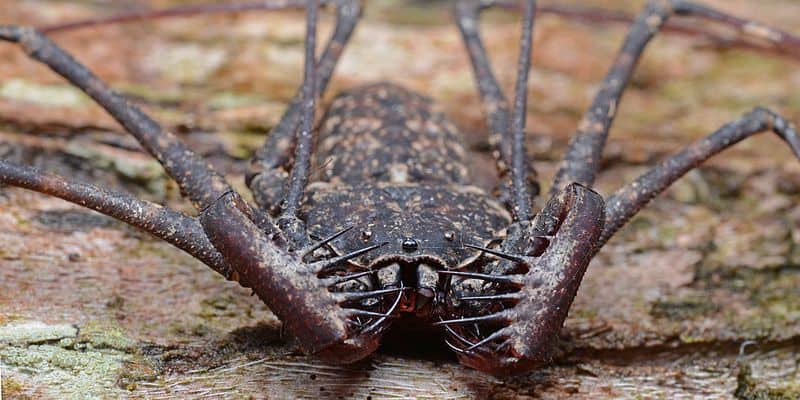
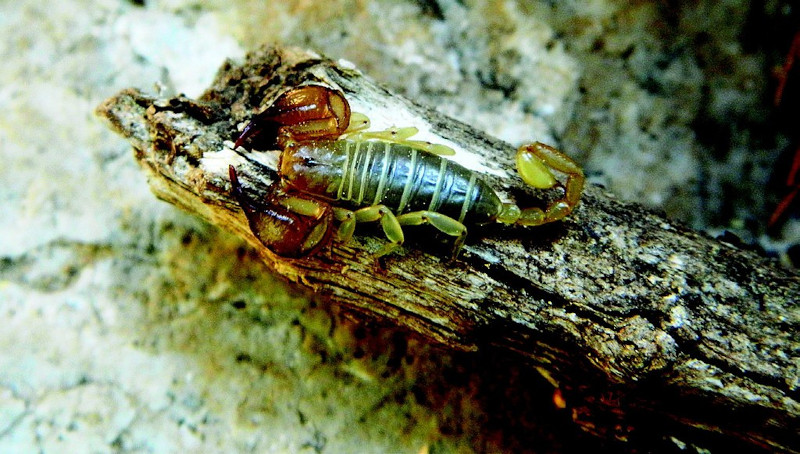
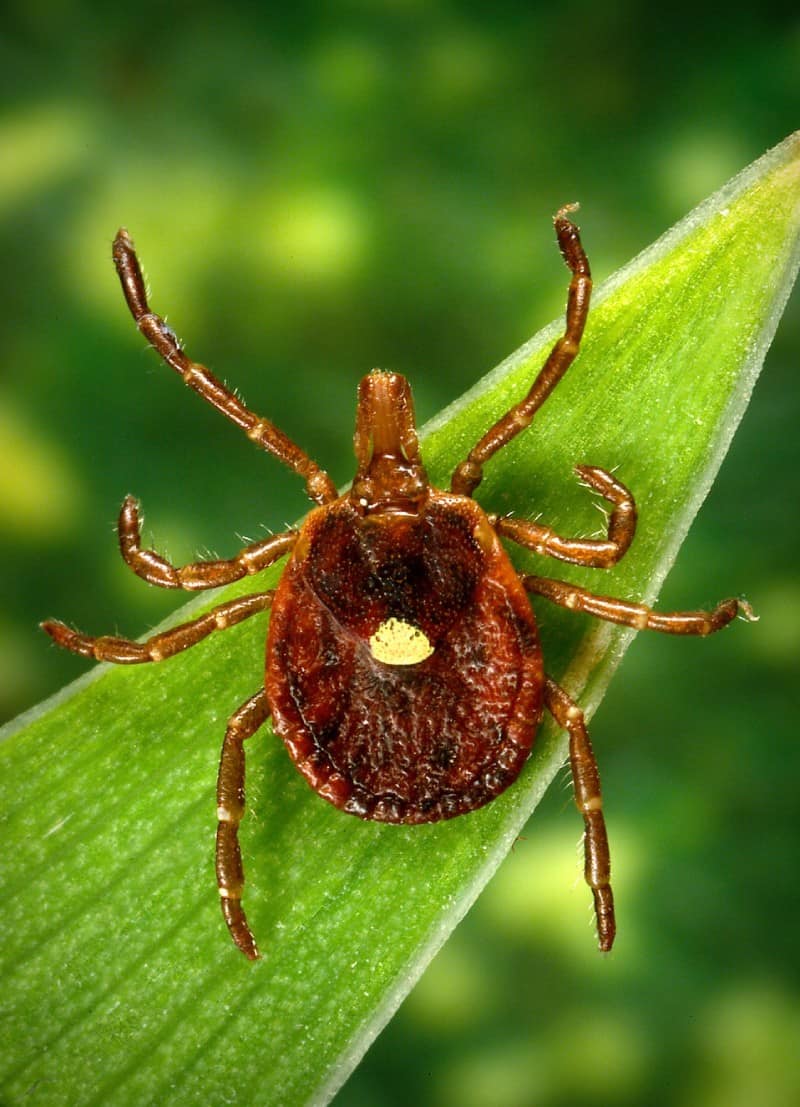
Lone Star Tick Physical Description
Perhaps most notably,the tiny Lone Star Tick displays a rather moderate degree of sexual dimorphism. Among this particular species, that characteristic presents itself in the coloring of the genders.
Due to this, the adult female presents the single, star-shaped spot on its back. This distinctive marking serves as the source of the common name. The rest of the body, however, appears a brownish-red in color.
Yet the males present varying numbers of rather small white spots around the edges of the body. The rest of the body also displays the same color as that of the female.
But the size of both genders varies greatly depending on whether it has recently fed or not. Unfed, an average size measures about 0.15 – 0.23 in (4 – 6 mm). However, when fully gorged on blood, this often increases to as much as 0.6 in (16 mm).
- Kingdom: Animalia
- Phylum: Arthropoda
- Class: Arachnida
- Order: Ixodida
- Family: Ixodidae
- Genus: Amblyomma
- Species: A. americanum
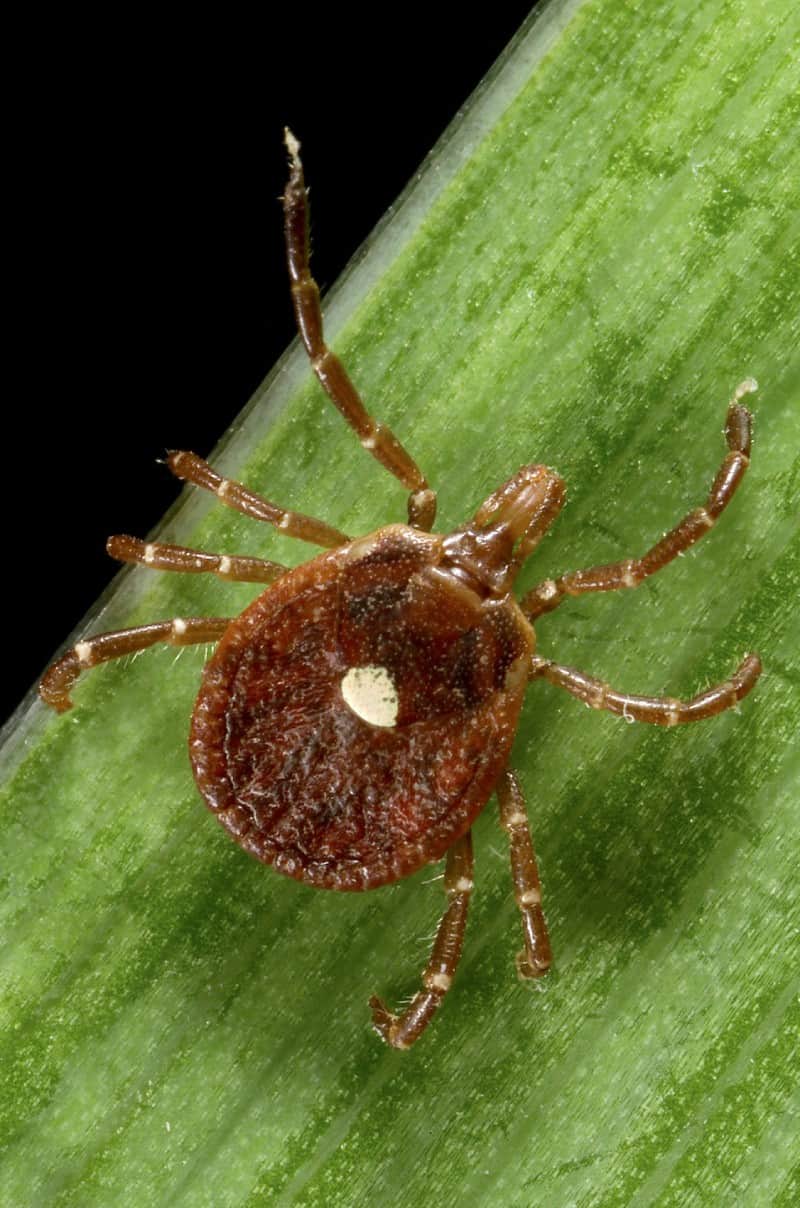
Lone Star Tick Distribution, Habitat, and Health Risk
First of all, the quite surprising Lone Star Tick evolved as endemic to only a small geographical area. This native range consists of the southeastern regions of the United States, in North America.
Further, this arachnid most commonly appears in the southern states of Tennessee, North Carolina, and Virginia. Additionally, it primarily thrives in wooded areas. The denser these are, the better, for it.
But, strictly speaking, the Lone Star Tick does not pose any disease risk, as such. However, it does pose a serious and rather unique health risk. The exact cause of this still remains undetermined.
However, it is believed that the presence of an alpha-gal sugar in the saliva of this arachnid forms the particular health threat.
This same type of sugar also forms in red meat. Entering the body as the result of a bite, the immune response of the body attacks it. The newly formed antibodies remain in the bloodstream.
When the bitten human eats red meat, they suffer a potentially serious allergic reaction to the red meat which can sometimes persist for several months.
Species Sharing Its Range
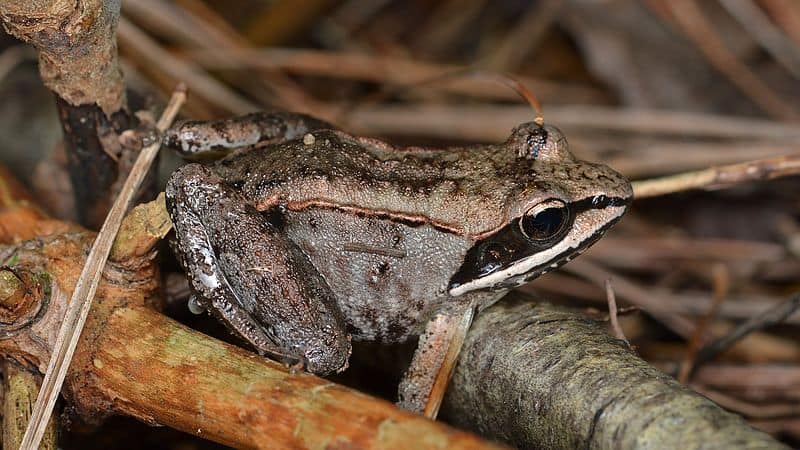
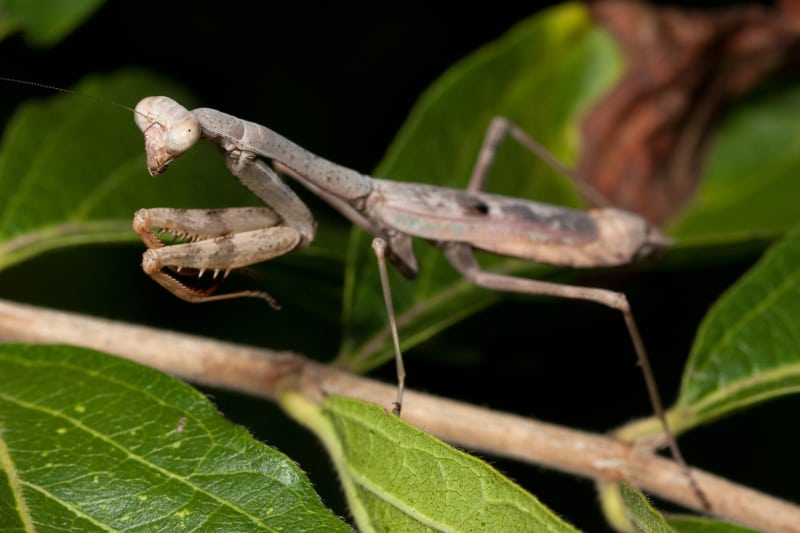

Check out our other articles on 8 Swoon-Worthy Caves, Iberian Lynx, Piton de la Fournaise, Fairy Lantern, Spiny Bush Viper, Stinging Nettle Caterpillar, Tawny Frogmouth, Reef Manta Ray
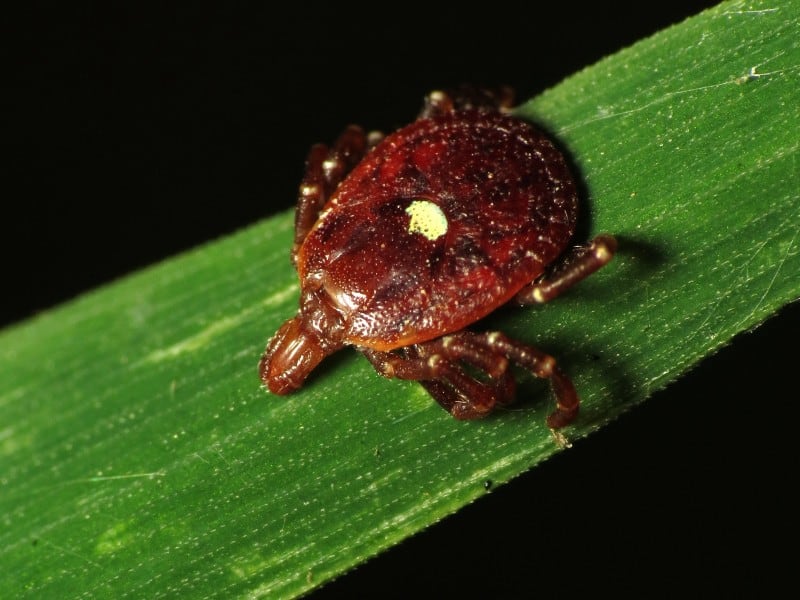









Leave a Reply